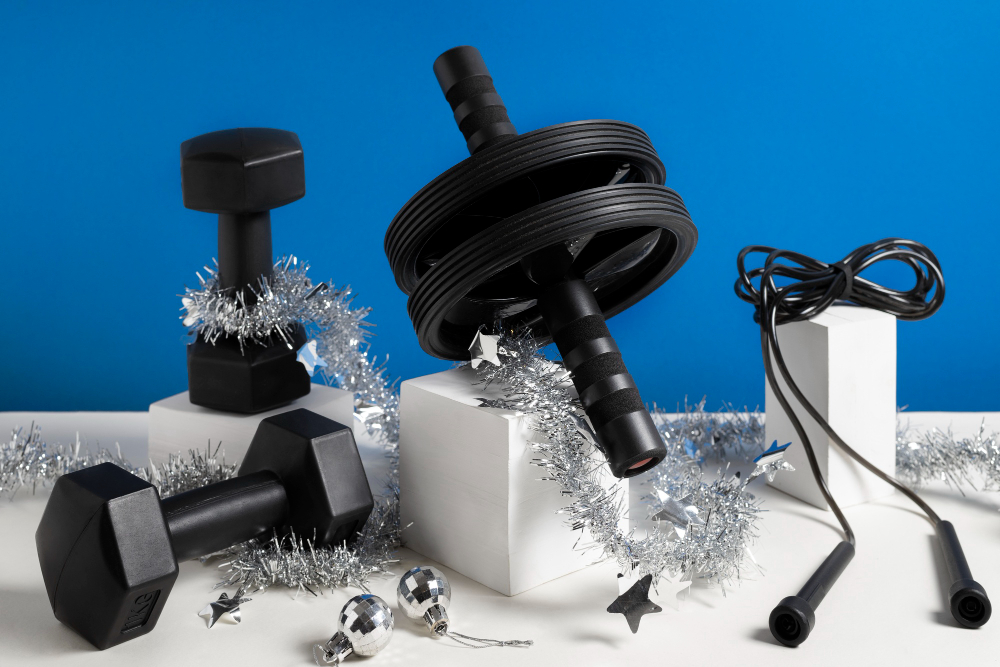Finding the best moving team requires knowing the right methods for handling heavy gym equipment safely and efficiently. This guide offers proven techniques for safely relocating commercial fitness equipment without causing damage or injury. We’ll cover planning steps, needed tools, lifting methods, floor protection, and safe transport. These simple tips help gym owners and movers handle equipment transfers successfully.
Proper Planning for Success
Moving commercial gym equipment needs a detailed plan to work well. Start by checking each piece of equipment and write down its size, weight, and whether it needs to be disassembled. Create a timeline that illustrates each step, from packing to moving to setting up again. Assign specific tasks to team members based on their strengths and areas of expertise. Consider problems such as narrow doors or stairs, and plan effective solutions. Communicate clearly with all parties involved to ensure seamless coordination of work. Good planning reduces problems and helps you finish the job right.
Essential Equipment for Moving
Having the right moving tools makes gym equipment relocation safe and smooth. Use heavy-duty moving straps, such as nylon lifting straps or shoulder straps, to spread the weight and support bulky items like treadmills or weight racks. Furniture sliders help move equipment across different floors without causing damage. A strong dolly or hand truck makes carrying heavy items easier and safer. Moving blankets or furniture pads protect gym equipment from scratches during transport. Using these tools correctly enables faster movement and keeps equipment and movers safe.
Safe Lifting Techniques
Proper lifting methods prevent injuries and ensure the safe operation of commercial gym equipment during relocation and transportation. When moving heavy gym equipment, remember these important points:
- Maintain a stable base: Stand with feet shoulder-width apart for solid support
- Lift with your legs: Bend at the knees, not the waist, to use strong leg muscles
- Keep the load close: Hold equipment close to your body to reduce back strain
- Avoid twisting: Turn your whole body instead of twisting at the waist when changing directions
Floor Protection and Maneuvering
Protecting floors prevents damage and keeps both equipment and flooring in good condition. Use furniture pads, heavy-duty mats, or plywood sheets to protect the floor under equipment. These protective layers distribute weight evenly and reduce the risk of dents, scratches, or other types of damage. Lift equipment instead of dragging it to prevent floor marks. Use sliders or dollies to move heavy items smoothly without friction. Watch for changes between different floor types and use ramps if needed to prevent sudden drops. Good floor protection saves both equipment and gym flooring.
Securing and Transporting Safely
The safe transport of commercial gym equipment requires proper fastening and the use of the right handling tools. When moving gym equipment, follow these key steps:
- Use Heavy-Duty Straps: Secure machines with strong straps to prevent shifting during transport
- Pad Sharp Edges: Protect equipment and other items by padding sharp edges
- Utilize Moving Dollies: Use moving dollies to transport heavier equipment over distances safely
- Secure Loose Parts: Remove and secure loose parts separately to avoid damage during transport
Other Moving Articles:
